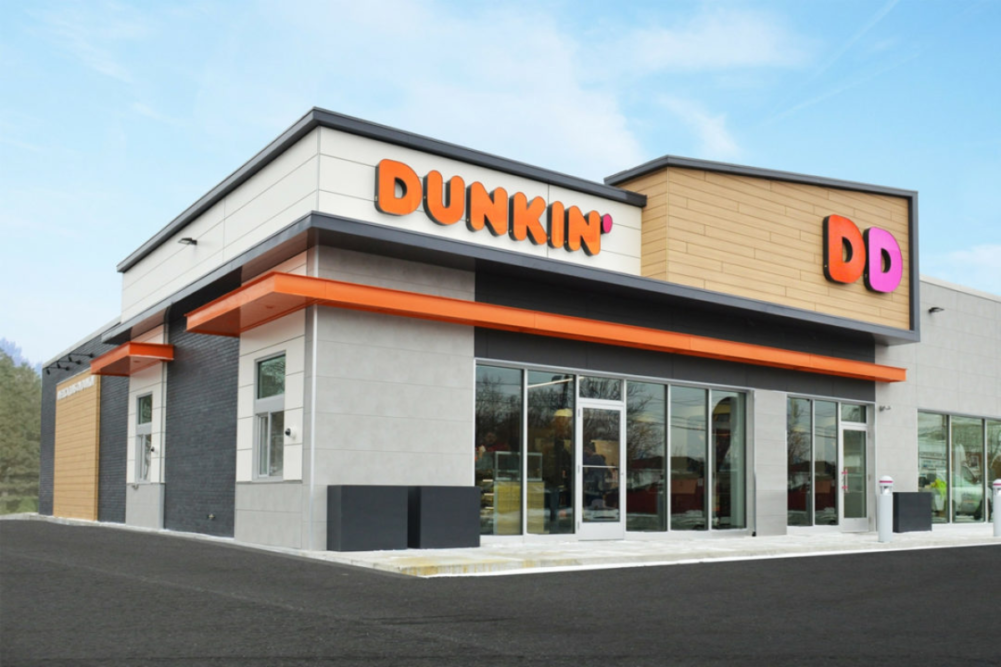CANTON, MASS. — Although 66% of Dunkin’s US restaurants are located in the Northeast, it’s growth in the South and West that has the Canton-based company excited, said Katherine D. Jaspon, chief financial officer.
Presenting virtually as part of the JPMorgan Gaming, Lodging, Restaurant and Leisure Conference on Sept. 15, Ms. Jaspon said the South and West “is where our future development is really coming from.”
“We hate to say this out loud, but when our competitors decided to close (because of the coronavirus pandemic), we decided to stay open,” Ms. Jaspon said.
Staying open in the South and West provided consumers that previously only viewed Dunkin’ as a bakery-cafe to visit the restaurant and try out its beverages. Timing was perfect, Ms. Jaspon said, as Dunkin’ had just launched espresso and was beginning the roll out of Dunkin’ Refreshers.
“So all those products that they felt that they weren’t sure they would try for us that they were getting in those other places, they came and tried,” she said. “We were really on our game with those. And we also were offering value, and we had our digital on game because we have brought it in-house, and we could move quickly. And so we really believe we have convinced folks in those markets where it was outside of our core, that we are a beverage player.”
Ms. Jaspon said Dunkin’ locations in the South and West, because they are newer, have a higher percentage of drive-thrus, which has helped during times of limited seating capacity at restaurants.
“Our franchisees are fired up in those markets,” she said. “We’re loving what we’re seeing. And even though our competitors are reopening, we believe that we are maintaining those customers. So if there is a silver lining to COVID, it’s certainly those markets. And it should help us in the future as we come out of this.”
Ms. Jaspon’s optimism about Dunkin’s growth in the South and West comes a little less than two months after the company said it may close about 800 US locations, including a previously announced 450 limited-menu Speedway locations, as part of a real estate portfolio rationalization. The 800 locations would represent about 8% of the total Dunkin' US restaurant footprint and about 2% of 2019 Dunkin' US systemwide sales.
At that time, David L. Hoffman, chief executive officer of Dunkin’ Brands Group, said the locations that may close would be those with low average weekly sales, those that cannot support beverage innovation or a next-generation remodel, or, those locations where the traffic patterns have changed and they can’t be relocated or add a drive-thru.
During her Sept. 15 presentation, Ms. Jaspon said Dunkin’ and its franchisees, particularly in the Northeast and its core markets, continue to work through the challenges mentioned by Mr. Hoffman.
“How do we close these stores that are underperforming, lower AWS and really get the franchisees to focus their capital on maybe a drive-thru addition or a remodel to the next or relocation to a better site?” she said. “And the franchisees are more focused than ever on that now.”






